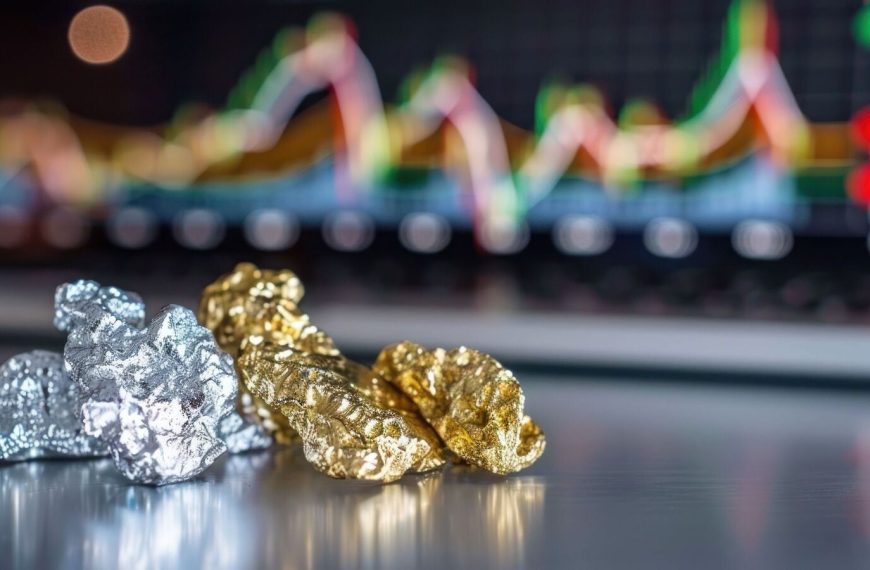Global investment powerhouse JP Morgan has recently reiterated its optimistic outlook on gold, positioning it as the premier safeguard against economic uncertainties through 2025 and 2026. With rising concerns over stagflation, potential recessions, currency devaluation, and unpredictable U.S. policies, the bank emphasizes that gold is a vital asset for investors to consider. The report highlights the current momentum in gold prices as a strong indication of growing investor confidence.
Strong Demand Signals for Gold
JP Morgan’s analysis reveals that investor and central bank demand for gold is projected to average around 710 tonnes per quarter this year. This level significantly exceeds the 350-tonne threshold needed for price stability. Notably, a mere 100-tonne increase in quarterly demand could result in a 2% surge in gold prices.
- Estimated Central Bank Purchases: Approximately 900 tonnes of gold are expected to be acquired by central banks in 2025.
- Growing Investor Interest: There’s a notable uptick in demand from exchange-traded funds (ETFs) and buyers in China, signaling robust market interest.
Economic Factors Driving Gold Prices
JP Morgan attributes the anticipated economic slowdown to escalating U.S. tariffs and ongoing trade tensions with China. The bank points to the emergence of stagflation—characterized by sluggish growth coupled with high inflation—as a significant factor bolstering the long-term bullish outlook for gold. They believe this creates a strong structural case for rising prices.
The report has adjusted its gold price forecasts, now predicting an average of USD 3,675 per ounce by the close of 2025, up from a current estimate of approximately USD 3,400. Furthermore, it anticipates gold could surpass the USD 4,000 mark by the second quarter of 2026, driven by persistent global economic challenges and increasing recession fears.
Future Outlook for Gold Investors
JP Morgan states, “The risks associated with tariff-induced recessions and stagflation are expected to continue fueling gold’s long-term upward trajectory.” If demand exceeds current expectations, gold prices could rise even more rapidly, reinforcing its reputation as a dependable hedge against the backdrop of escalating global uncertainties.
In summary, as the economic landscape remains unpredictable, gold stands out as a critical asset for investors seeking stability in their portfolios. With projected increases in demand from both central banks and investors, the yellow metal is poised for significant growth in the coming years.











